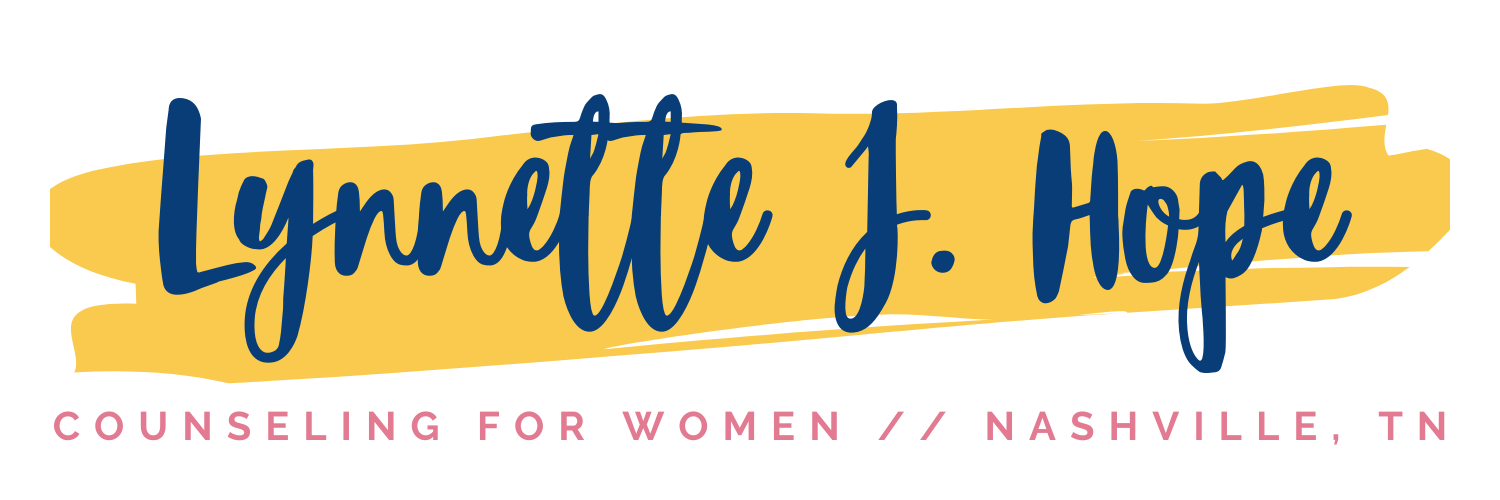Listening to Those at the Center
/The Rabbit Listened is the story of what happens after a child named Taylor builds something — something new, something special, something amazing — and then out of nowhere it comes crashing down. What follows is the attempt of various animals to make Taylor feel better. Talking. Shouting. Remembering. Laughing. Hiding. Throwing away the mess. Knocking down someone else’s thing. None of this is helpful to Taylor, who doesn’t feel like doing anything with anybody. Eventually when Taylor is all alone, a rabbit moves closer and closer until Taylor can feel its warm body. They sit in silence until Taylor invites the rabbit to stay, and the rabbit listens. From there Taylor does end up talking and shouting and remembering and laughing and making plans to hide, throw things away, and ruin someone else’s things. All the while, the rabbit listens, including to Taylor’s plan to build again.
This story, in children’s book form, speaks to me in these days of protest against police brutality, racism, white supremacy, and the years and years and years of ongoing oppression of and aggression toward black lives.
The Circle of Grief
This morning I’m holding The Rabbit Listened alongside clinical psychologist Susan Silk’s ring theory, which I’ve also heard described as the circle of grief. The idea is that in any crisis, the person or people most affected are at the center of a series of concentric circles. Those at the center get to dump out (scream, cry, complain) to those in any larger surrounding circle — dump OUT. Those in one of the surrounding circles get to dump out (scream, cry, complain) to those in any larger surrounding circle from themselves — dump OUT — but do not get to do so to those in a smaller circle. What goes in toward the smaller circles, and ultimately most to the people at the center of the trauma, is comfort — comfort IN. The idea is to avoid dumping into any ring smaller than your own. In a 2013 LA Times Opinion article, she and Barry Goldman describe it in this way:
Draw a circle. This is the center ring. In it, put the name of the person at the center of the current trauma [...] In that ring put the name of the person next closest to the trauma [...] Repeat the process as many times as you need to. In each larger ring put the next closest people. Parents and children before more distant relatives. Intimate friends in smaller rings, less intimate friends in larger ones. When you are done you have a Kvetching Order.
…
Here are the rules. The person in the center ring can say anything she wants to anyone, anywhere. She can kvetch and complain and whine and moan and curse the heavens and say, “Life is unfair” and “Why me?” That’s the one payoff for being in the center ring. Everyone else can say those things too, but only to people in larger rings.
When you are talking to a person in a ring smaller than yours, someone closer to the center of the crisis, the goal is to help. Listening is often more helpful than talking. But if you’re going to open your mouth, ask yourself if what you are about to say is likely to provide comfort and support. If it isn’t, don’t say it.
Listen …
In the world at large, and in the corner of the world where I live, I know there’s action to take — for example, here’s a concrete to-do list: 75 Things White People Can Do For Racial Justice — of that I am clear. And yet there is so much more listening that that I … that we … need to do. Many of the things on the list linked above are a form of listening to those at the center of the circle. I aim to do my part.






